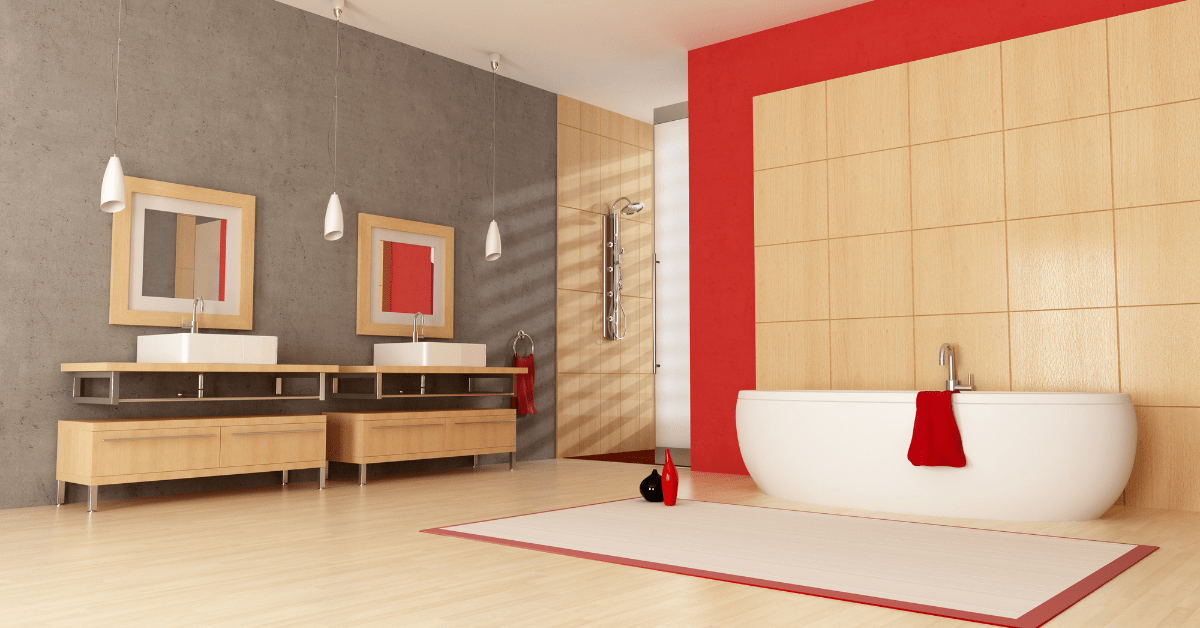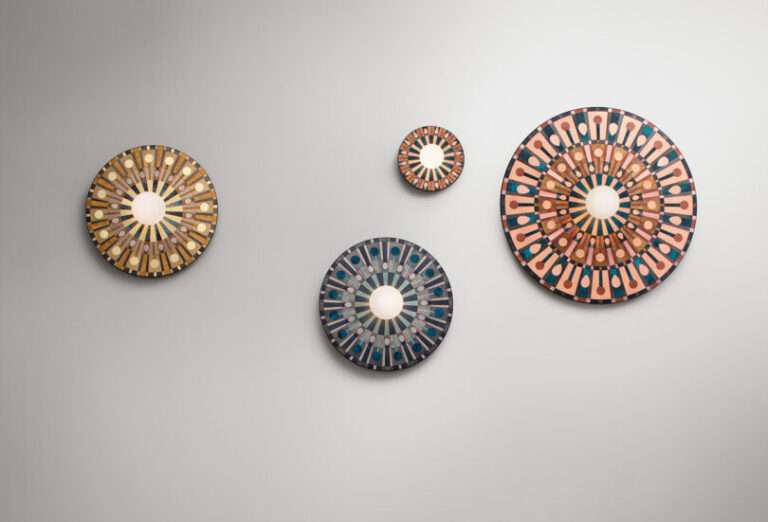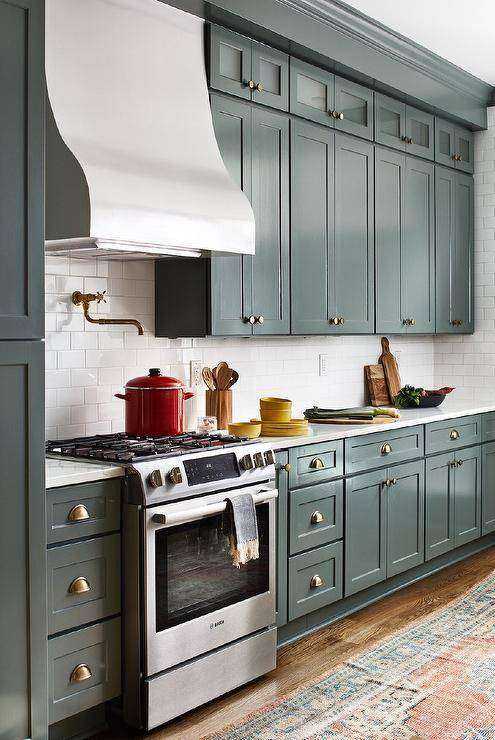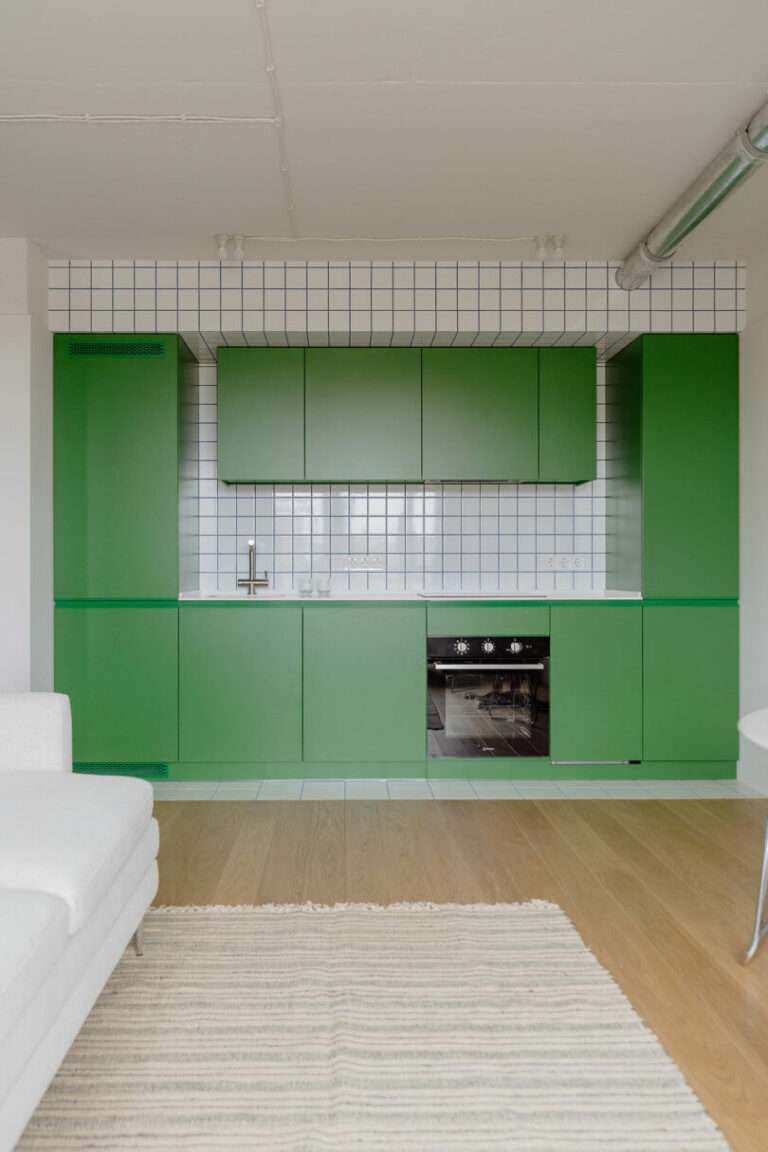Paint Colors That Should Be Avoided in a Bathroom
Now that we understand the pivotal role paint colors play in shaping the character of a bathroom, it’s crucial to recognize the shades that may not be the best fit for this particular space. Some colors, while stunning in other areas of the home, can pose challenges in the unique environment of a bathroom. One such color to approach with caution is dark tones. Deep hues like charcoal, navy, or espresso, while undeniably chic, can absorb light and make a bathroom feel smaller and less inviting.
Additionally, extremely bright and bold colors may also be on the list of colors to avoid. While they can add a lively touch to other rooms, the intensity of these shades in a bathroom might overwhelm the senses and create a visually chaotic environment. Striking a balance between vibrancy and subtlety is key when choosing a color palette that contributes to a calming and functional bathroom space.
As we delve deeper into the nuances of bathroom paint colors, we’ll explore alternatives and solutions that maintain a stylish aesthetic while ensuring your bathroom remains a tranquil retreat. From the drawbacks of dark colors to the benefits of embracing lighter tones, our goal is to guide you toward choices that not only align with your taste but also enhance the overall appeal and usability of your bathroom. Stay tuned for insights into creating a color palette that transforms your bathroom into a sanctuary you’ll cherish every day.
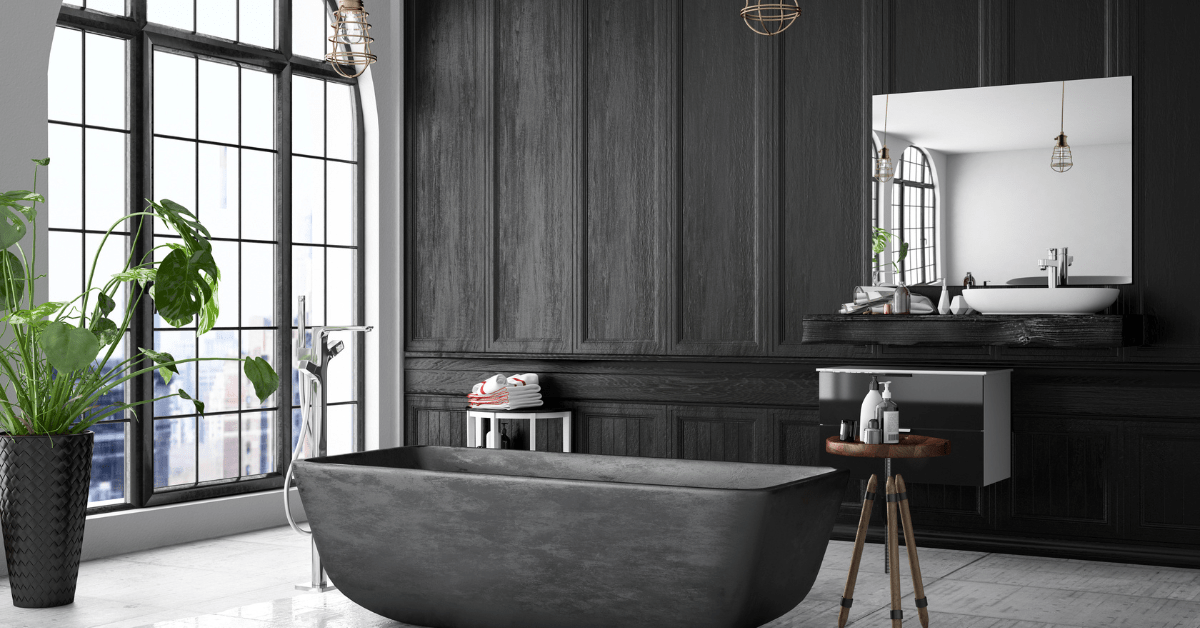
Dark Colors and Their Drawbacks in a Bathroom
While the allure of dark colors is undeniable, using them in a bathroom requires careful consideration. Dark hues, such as deep blues or rich charcoals, can absorb light, creating a visually constricted space. In smaller bathrooms, this effect can be particularly pronounced, potentially making the room feel cramped and less inviting.
Dark colors may also highlight imperfections and require more frequent maintenance to keep the space looking pristine. However, when used strategically in larger bathrooms or as accent walls, dark colors can add a touch of sophistication and drama without overwhelming the space.
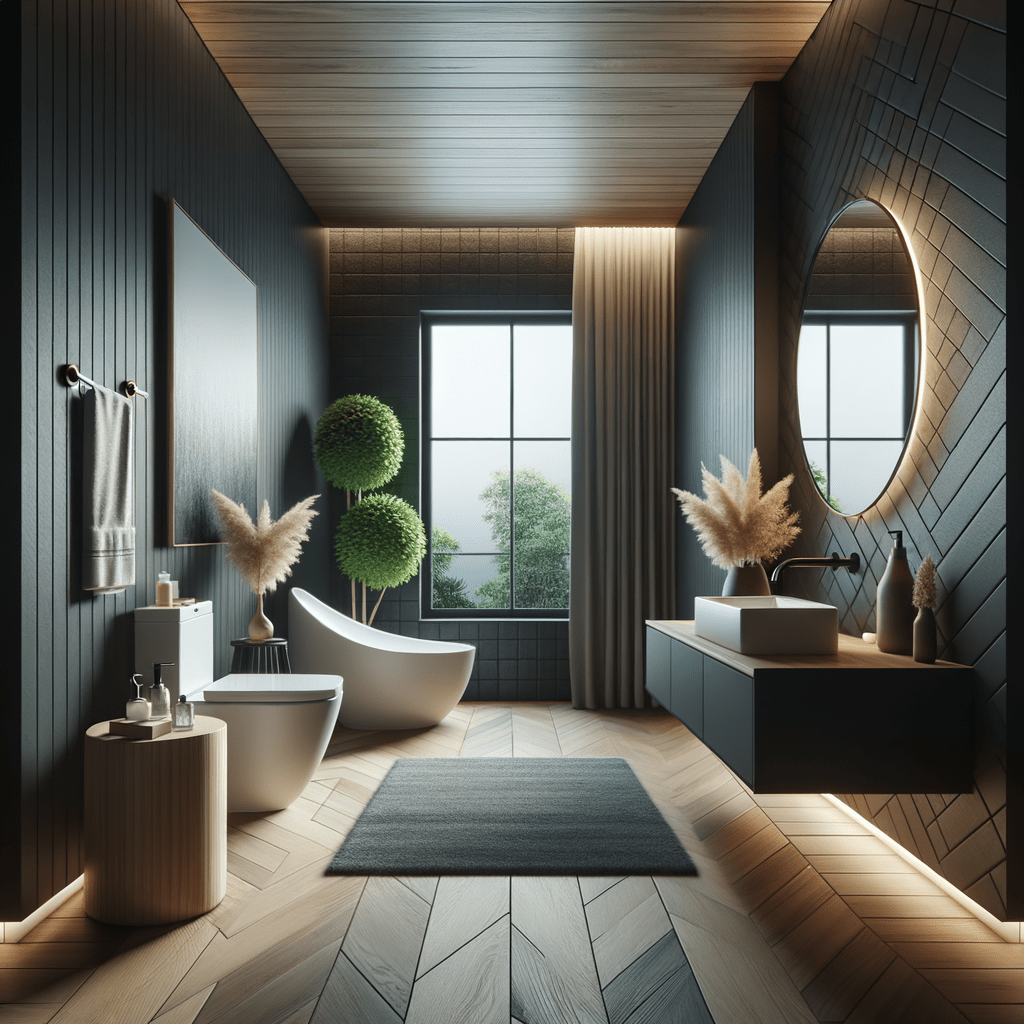
White and Light Colors and Their Benefits in a Bathroom
On the flip side, opting for white and light colors can be a game-changer when it comes to bathroom design. Light hues, such as soft blues, pale greens, or classic whites, have the remarkable ability to open up a space, making it feel airy and more expansive. Light colors reflect natural and artificial light, enhancing brightness and creating a refreshing atmosphere. In smaller bathrooms, this can be a transformative choice, making the room appear larger and more inviting. Moreover, light colors provide a versatile backdrop, allowing for easy incorporation of various decor styles and accent pieces.
As we navigate the spectrum of bathroom paint colors, it becomes evident that the key lies in striking a balance that suits both the size of the space and your personal preferences. Whether you’re drawn to the cozy allure of dark tones or the expansive feel of light colors, understanding the impact on your bathroom’s ambiance is essential.

Tips for Selecting the Right Paint Colors for a Small Bathroom
Designing a small bathroom requires a thoughtful approach, and choosing the right paint colors is a pivotal part of the process. For compact spaces, it’s generally advisable to lean towards lighter tones that create an illusion of openness and airiness. Opting for soft pastels, subtle neutrals, or classic whites can visually expand the room, making it feel more spacious and inviting.
Consider using a monochromatic color scheme to maintain a cohesive look without overwhelming the limited space. Lighter colors not only reflect light but also bounce it around the room, creating a brighter and more cheerful atmosphere. If you’re keen on incorporating bolder hues, consider using them as accents through accessories or a single accent wall to add personality without compromising the perceived size of the space.
Another trick for small bathrooms is to extend the chosen wall color to the ceiling, creating a seamless visual flow that avoids interrupting the eye with contrasting shades. This technique contributes to a sense of continuity, making the room feel larger than it actually is.

Bold Accent Colors and Their Usage in a Bathroom
While the conventional wisdom often leans towards lighter tones for bathroom spaces, don’t shy away from the bold and the vibrant. When used thoughtfully, bold accent colors can inject personality and visual interest into your bathroom, transforming it from a utilitarian space to a stylish retreat.
When incorporating bold colors, consider using them strategically as accents rather than dominating the entire color scheme. For instance, a vivid pop of color on an accent wall, through accessories like towels or bath mats, or in the choice of a statement piece, such as a boldly colored vanity or mirror frame, can add character without overwhelming the space.
